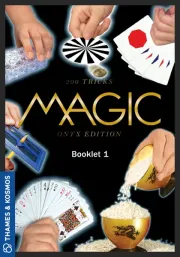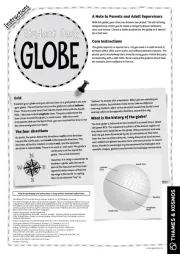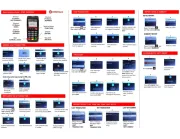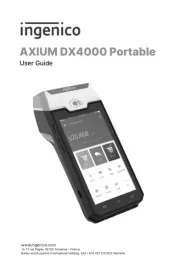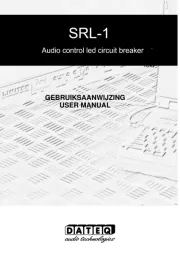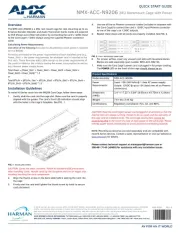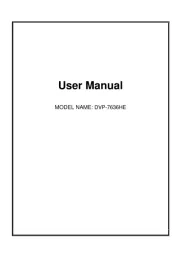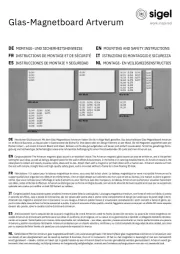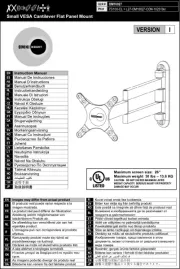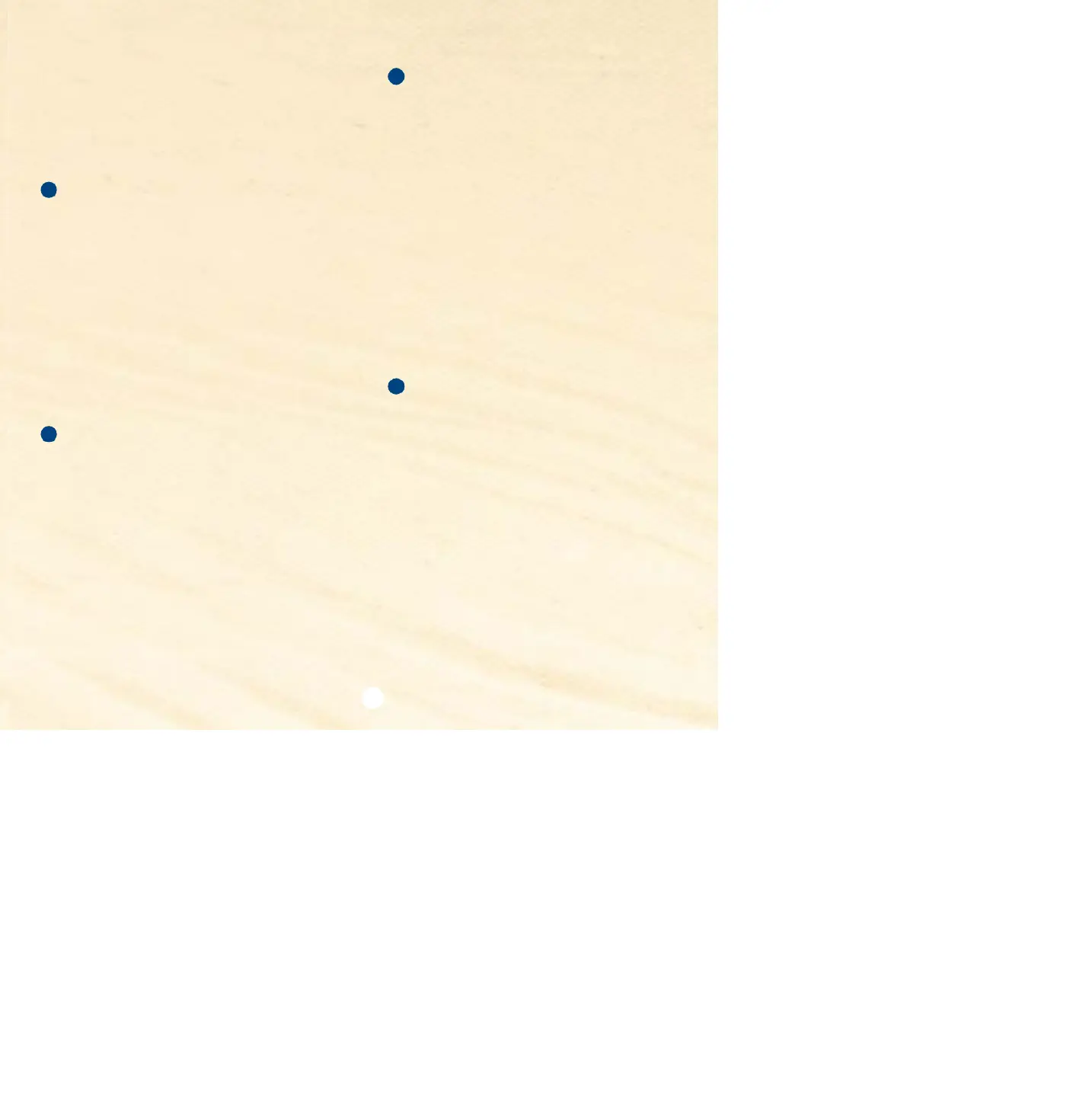
General rule: On your turn, you play any number of
your island cards. You may also abstain by not playing
any cards. Afterward, you draw one card. However,
your hand may not contain more than five cards at
• When you play a card, place a Kahuna bridge on
a free connecting line that starts from the island
indicated on the card (marked in red) and leads to
• If you play multiple island cards, play the cards one
at a time (except during the removal of Kahuna
bridges, as explained in step 3).
• If you want, you can abstain from playing a card.
• All played cards are placed on a discard pile.
• If your hand contains five island cards and you
cannot or do not want to play any island card(s), you
must place one or more of your cards face down
under the discard pile in order to draw a new card.
Controlling Islands: Placing Kahuna Tokens
• If you have placed your own Kahuna bridges on
more than half of an island's connecting lines, you
have gained control over it. Place one of your Kahuna
Note: The number of lines below the names of the
islands on the cards indicates how many connecting
lines (3, 4, 5, or 6) lead off the respective island.
• Remove all of your opponent's Kahuna bridges
connected to this island and return them to their
Important: The removal of Kahuna bridges may
cause a player to lose control of neighboring islands,
with the result that he or she must remove Kahuna
tokens from these islands.
• You can also remove one of your opponent's
Kahuna bridges by playing two suitable island
cards at the same time. To do this, you must play
two cards that each show one of the two islands
connected by the opponent's bridge. The two cards
can show the same island or both islands.
Example: The connection between HUNA and
ELAI can be severed by means of one of the
following three pairs of cards: "HUNA - ELAI“,
"HUNA - HUNA" or "ELAI - ELAI".
• If you can also play another suitable island card
(in the example, this card would be HUNA or
ELAI) that allows you to place one of your own
Kahuna bridges on the connecting line you just
removed your opponent's Kahuna bridge from,
the implications can be far-reaching (see also the
detailed example on page 5 of these game rules).
• At the end of your turn, draw one card. Regardless
of whether you have played no cards, one card, or
multiple cards, you may only draw one card.
• Either take one of the three face-up cards and
immediately replace that card with one from the
face-down draw pile or draw the top island card
from the face-down draw pile.
• You may abstain from drawing a card, unless your
opponent has abstained from drawing a card on his
• If your hand already contains cards, you are five
not allowed to draw another card. If your opponent
has abstained from drawing a card on his turn
immediately before and your hand contains five
cards, you have to play or discard at least one card
so you can draw a card at the end of your turn.
• Once you have drawn a card, your turn ends.




